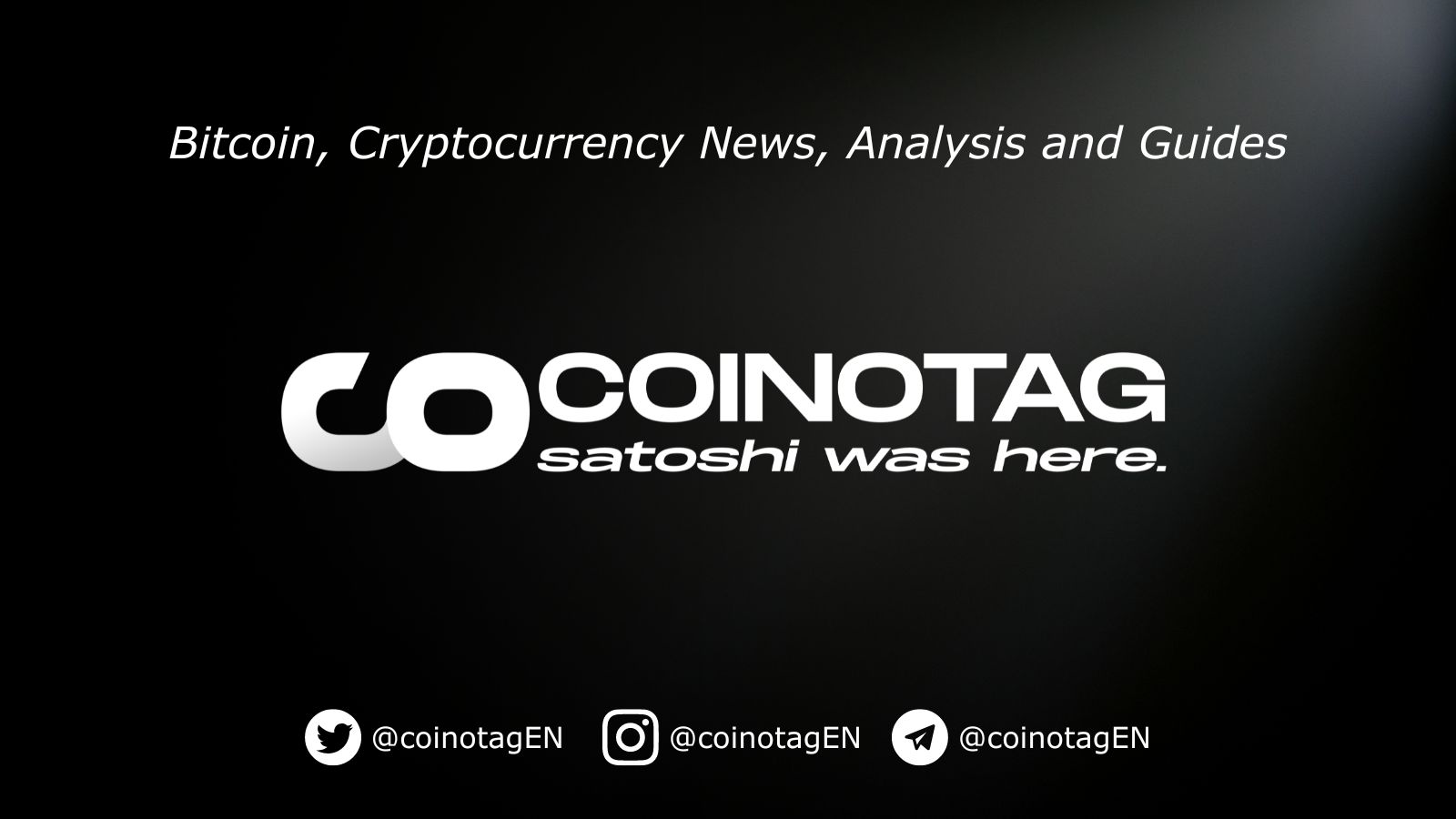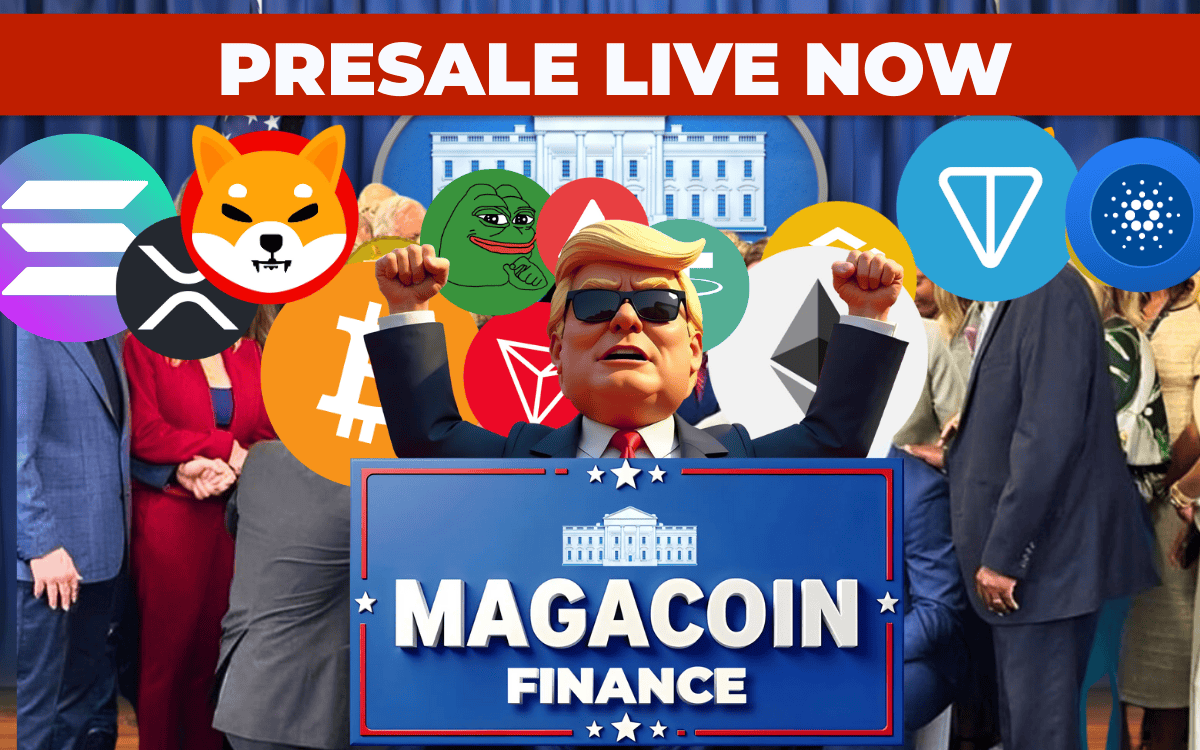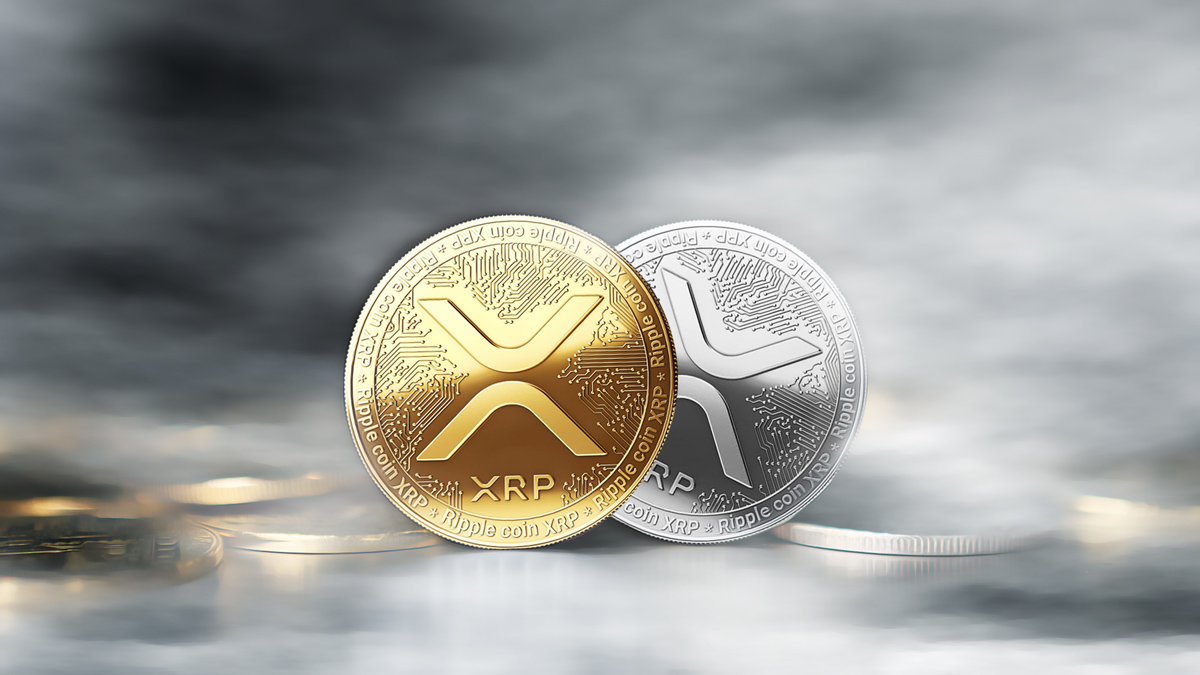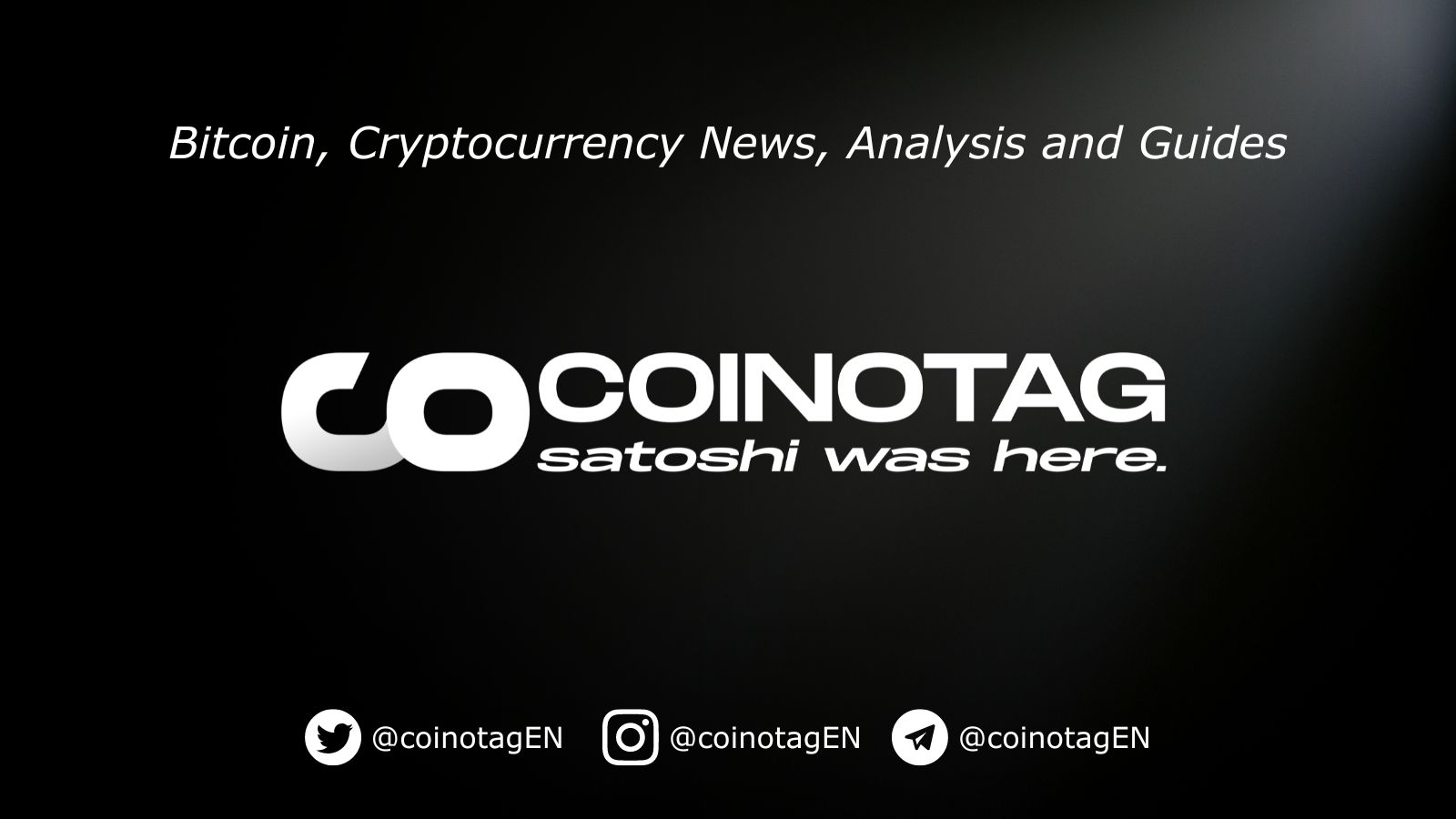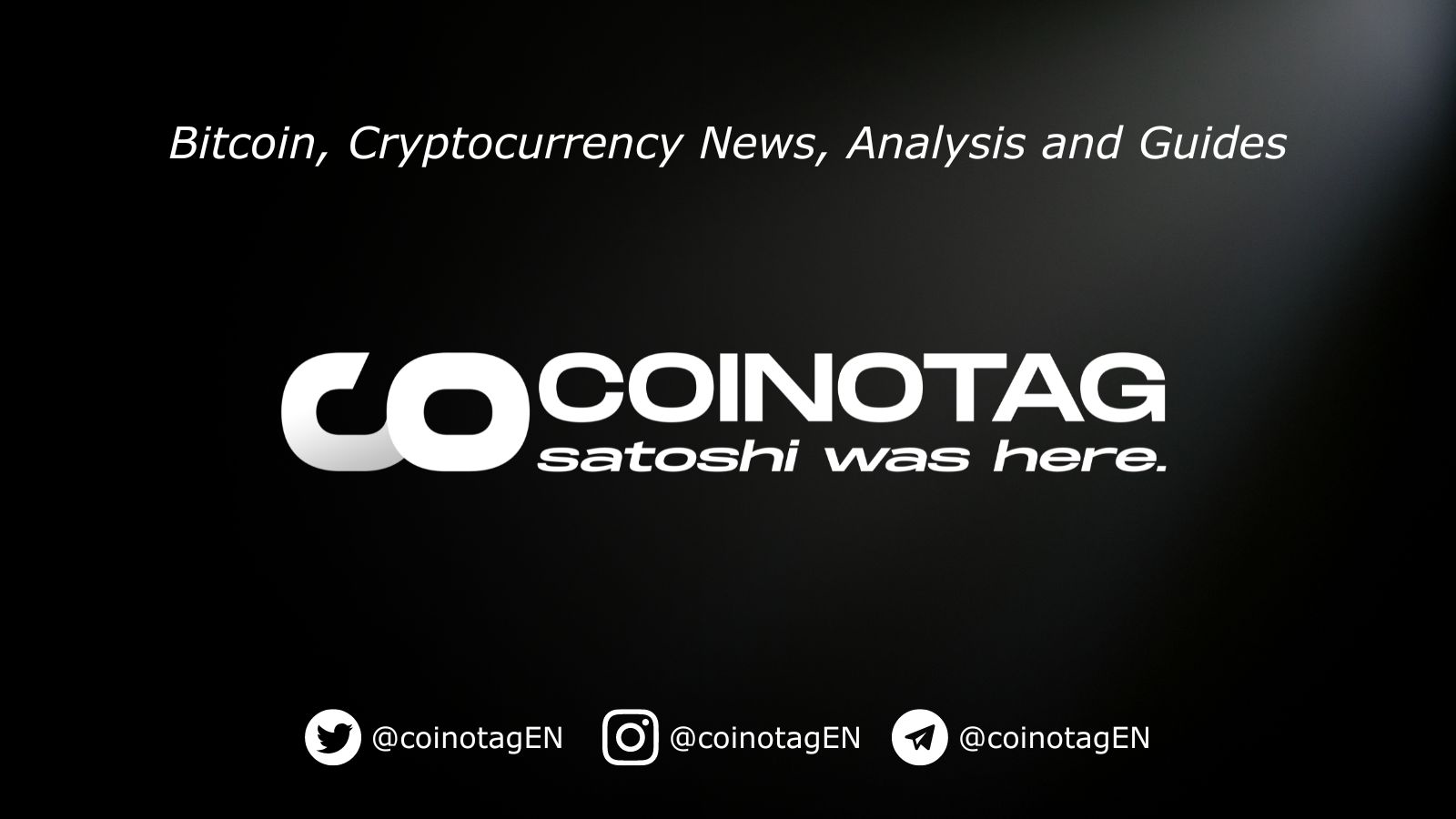
As Bitcoin’s price hovers around the $83,810 mark, emerging bullish sentiment on trading platforms indicates a potential shift in market dynamics. Recent analytics reveal that the Binance Taker Buy Sell
CoinOtag
You can visit the page to read the article.
Source: CoinOtag
Disclaimer: The opinion expressed here is not investment advice – it is provided for informational purposes only. It does not necessarily reflect the opinion of BitMaden. Every investment and all trading involves risk, so you should always perform your own research prior to making decisions. We do not recommend investing money you cannot afford to lose.
Mass Liquidations and Volatility: $OM Futures See Sharp Open Interest Collapse and Leverage Spike

Native to the MANTRA ecosystem, the $OM token experienced a shocking sequence of market events on April 13 that reverberated throughout derivatives markets. In a rapid set of moves that should have been impossible, the Open Interest (OI) in $OM futures collapsed from $261 million to just $121 million within 10 minutes, starting at 18:10 UTC. This sudden contraction was the first leg in a broad-based futures unwind that coincided with an aggressive sell-off in the price of the token. At 19:40 UTC, the OI had dropped to a daily low of $47 million, while the spot price of $OM had tumbled to $0.45. This one-two punch reflects a serious confidence crisis in the market, with a number of exchanges apparently dealing with a cascade of liquidations. It’s increasingly looking like the kind of aggressive unwinding of futures positions that gets tied to mass liquidations and overleveraged traders being forced out of their positions. Leveraged Positions Surge Despite Unwinding Interestingly, while Open Interest was rapidly falling, a counterintuitive trend began to emerge. The Estimated Leverage Ratio (ELR) — a metric that compares the ratio of Open Interest to exchange reserves — nearly doubled to 0.4 by 19:30 UTC, right as the price broke down toward $0.57. Typically, a rising ELR suggests increasing speculative leverage in the market. However, in this case, the surge in ELR occurred even as OI was shrinking, signaling a different dynamic at play. $OM futures Open Interest collapsed from $261M to $121M within 10 minutes starting at 18:10 UTC on Apr 13, just as price began falling. By 19:40 UTC, OI hit a low of $47M as price dropped to $0.45 — a rapid, broad-based futures unwind. pic.twitter.com/BtMTj0RV1v — glassnode (@glassnode) April 14, 2025 This anomaly can be understood only by examining the ELR formula: it goes up not just when OI goes up but also when exchange spot reserves go down. Here, we have leverage ratios shooting up even as OI is diving, and the only way to conceptually fit that together is to imagine that spot holdings on exchanges are being withdrawn or reduced. And if we take seriously the idea that a lot of people suddenly don’t want to hold XRP on an exchange anymore, that’s a pretty good reason for the price to go down. This conduct suggests that not only were traders closing out futures positions, but they were also withdrawing spot tokens from exchanges. The reasons for doing so could range from changing one’s mind and wanting to move to a secure environment, to the more benign reduction of risk and preparation for potential reallocation. Whatever the case, it seems fair to say that the pullback in exchange token balances occurred simultaneously with an increase in leverage (dare we say craziness?) among those remaining in the market. Post-Crash Speculation and Another Washout After the first collapse and sharp volatility, the Estimated Leverage Ratio kept rising, hitting about 0.37 at 08:00 UTC on April 14. This climb reflects that following the initial wave of liquidations, we had a fresh batch of high-leverage positions opened up, probably by traders trying to catch a rebound or make a play on the oversold conditions. This optimism, though, did not last long. Shortly after peaking, the ELR corrected sharply, which can only be explained as the effect of another wave of liquidations or position exits, as these high-risk, high-leverage positions were once again flushed out in a not-so-controlled sell-off. Once again in our recount of the 2022 events, this back-and-forth movement, which saw some traders getting cited for market manipulation, shows just how fragile things had become between the bear and bull camps, how easily shaken trader sentiment now was. For the entire day that covered the 24-hour period from May 19 to 20, 2021, the crypto market was reeling from a panic. On the 19th, Bitcoin’s price had tumbled downward to $30,000, and the price kept dropping in the 24-hour period until it reached $25,000 on May 20. This meant that the spot price, or the price at which an asset is bought or sold for immediate delivery, had dropped $5,000 in just 24 hours. The author of the article cited two important reasons for this rapid drop in price. The first reason was that traders using leverage had to close out their positions. What Comes Next? Opportunities and caution are typically the two main results of a volatile market, and the move we just experienced was certainly violent. While the $OM token has seen some stabilization since then, the events of April 13 make it clear that risk management is essential, especially when you’re dealing with high leverage. For traders and investors, keeping an eye on some of our key health metrics can give you an early-warning sense of whether things are unstable and may lead to liquidation cascades. The MANTRA ecosystem is developing all the time, and with it, the token has building presence in the futures market. Consequently, there are growing amounts of both liquidity and volatility in the token. We are reminded of this presence and its effects by the sell-off of April 13, which, in turn, reminds us of how quickly leveraged futures market positions can unwind. Disclosure: This is not trading or investment advice. Always do your research before buying any cryptocurrency or investing in any services. Follow us on Twitter @nulltxnews to stay updated with the latest Crypto, NFT, AI, Cybersecurity, Distributed Computing, and Metaverse news ! CoinOtag

Axiom Surpasses $100M in Daily Volume, Dominates Solana Meme Trading Scene
One of the fastest-growing platforms on Solana , Axiom is now handling over $100 million in daily trading volume. This is not just a new record for Axiom , set on April 14, 2025; it’s also a new record for the meme trading space on Solana. It’s growth like this that makes Axiom the clear frontrunner in the mean trading space on Solana, with a whopping share of something close to 50 percent of the total overall meme trading volume that’s now part of this Solana ecosystem. Axiom is not just the platform on which the most meme trading is happening on Solana; it’s the platform where the most meme trading is happening, period. Meme trading platform Axiom`s daily trading volume exceeded $100 million for the first time on April 14, accounting for about 50% of the market share of Solana Meme trading platform; the number of trading users reached 26,800, a record high. Axiom`s advantages include the support… — Wu Blockchain (@WuBlockchain) April 15, 2025 With this trading volume surge, Axiom also hit another notable benchmark: a record number of daily active traders. On April 14, the platform saw 26,800 individual users participating in trades—its highest user count to date. This dual milestone underscores the platform’s rapidly expanding influence in the highly speculative, yet increasingly strategic, trading world of meme tokens. Strategic Advantages Powering Growth Axiom has not purely risen by itself—it is supported by well-structured strategic and technical advantages that appeal to both casual and seasoned traders. One of the basic building blocks of its growth is that it is backed by Y Combinator, the world-renowned startup incubator. This affiliation gives Axiom early-stage credibility, access to early-stage capital, and a platform that allows it to be more widely exposed. One more reason Axiom appeals to investors is a suite of advanced analytical tools that come with the platform, such as Wallet Tracer and Twitter Tracker. These tools enable Axiom members to keep tabs on not just their own trades, but on significant movements (in both directions) of some of the most important wallets in the ecosystem. With direct access to this data, Axiom members can spot potential price moves before they happen. Axiom has pulled ahead of its rivals by including derivatives trading and basic financial management features in its platform. These are almost nonexistent in the meme coin trading sector and enable traders to flesh out their strategies with a couple of not-so-basic options. If you’re looking to diversify your way out of a spot trading bind, or leverage your way into a new volatility moment, well, that’s what these tools are for. The platform’s growth has also been speeded up by a well-implemented points and referral system. Users earn points based on their trading activity, which can be redeemed for platform benefits or incentives that we plan to offer in the future. Axiom also offers rebates through our invitation program; the users whom you see on this invitation leaderboard have brought in new traders, for whom we now reward them with cash. This gamified approach has not only encouraged higher engagement but has also helped drive user acquisition at scale. Engaging Western communities has significantly contributed to Axiom’s success as well. Axiom has gone live, holding video trading sessions in real time for the Western audience. It has formed partnerships with influencers whose bases of fandom run deep in the Western community. And it has realm (as in the next cosmos) leads to its promotional campaigns, which are now helping it capture the attention—not to mention the imaginations—of English-speaking audiences in the U.S. and Europe. Concerns Linger Over Trading Integrity Even with its solid figures and seeming forward motion, the trading activity on Axiom remains to be seen as legitimate. Some in the crypto community raise eyebrows over the possibility of wash trading or, at the very least, transaction volumes that appear to be artificially inflated. No smoking gun has been found, of course, but the whole situation is a reminder of just how much is still at stake—and still up for grabs—in high-growth crypto platforms. Axiom isn’t the only one with these problems (newer exchanges and platforms across fast-moving market segments seem to be afflicted by them), so this isn’t just an Axiom problem. If Axiom wants to keep up its good reputation and stay in the lead, it seems to me that it needs to be proactive in dealing with these matters—either through audits, improved transparency, or community communication. For now, the figures convey a lot. Axiom has stepped into a commanding position within the meme trading ecosystem of Solana. How did it get there? Through a combination of solid infrastructure, smart strategy, and aggressive outreach. If it keeps addressing concerns about trading behavior and maintains this momentum, we could be looking at the Axiom blueprint for how to meme trade, both in terms of platform design and the way you scale a platform. Not just a personal milestone for Axiom, April 14 may be remembered as a marker in the evolution of meme trading itself—a space once considered a joke, now growing into a complex, data-driven market in its own right. Disclosure: This is not trading or investment advice. Always do your research before buying any cryptocurrency or investing in any services. Follow us on Twitter @nulltxnews to stay updated with the latest Crypto, NFT, AI, Cybersecurity, Distributed Computing, and Metaverse news ! CoinOtag

